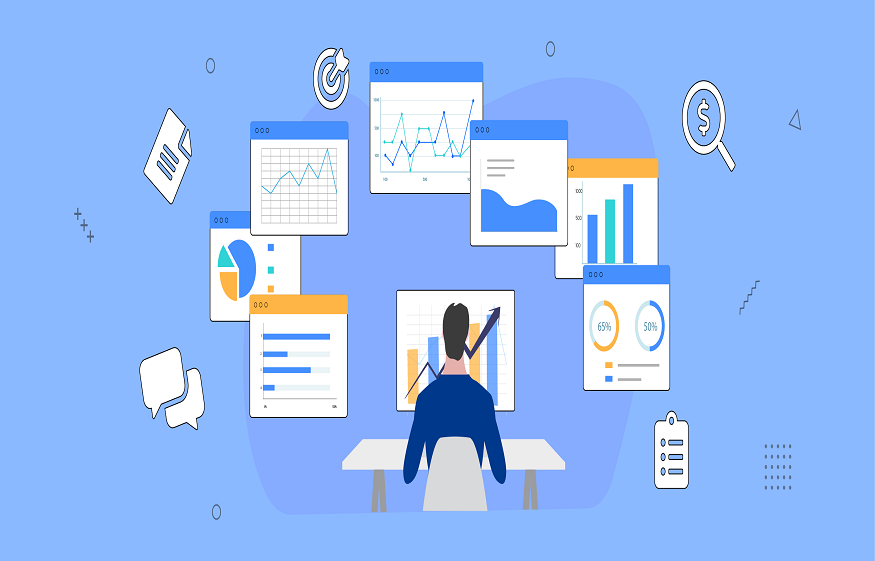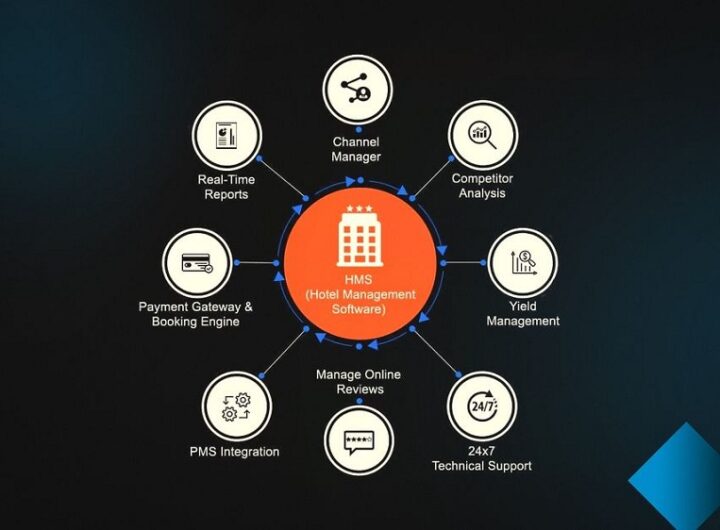
Incidents or severity levels, or operational data on headcount, schedules or overtime, it’s important to use the right software to help you collect , analyze and report with data to
Consider a software platform that leverages artificial intelligence and machine learning to help you gain valuable insights and provide operational intelligence that will allow you to investigate, monitor, and analyze situations, then respond and respond. ‘answer to.
In the past, it was okay to make security decisions based on instinct, but now it’s important to invest in the tools and technology to use that data effectively, or you you will be confronted with a multitude of information that you will not be able to understand. It’s not enough to respond to alarms or prevent incidents, it’s about understanding how data collection can help digitally transform processes, drive change and increase productivity.
The sheer volume of data available means you need to strategically choose what to use and what to measure in order to get meaningful insights from your data.
The collection phase
First you need to know what data to collect. Collecting the right data is just as important as asking the right questions. Not only will this allow you to be in a better position, but you will also be able to make more effective decisions. Today’s smart security technology collects data from people, smartphones, devices, sensors, cameras, NFC tokens, and other relevant sources. Security service companies can therefore be the victim of an avalanche of data.
The next step is analysis, which can be stressful for those unable to turn this valuable data into actionable insights. This phenomenon is not unique to the field of security. While the amount of data collected doubles every two years, only around 0.5% of that data is analyzed. In order to prevent the deluge of data, you have to be prepared. If you collect data with the right intentions, using a solution that takes advantage of the latest technological advances in artificial intelligence and machine learning, you can quickly streamline the process with analytics-driven insights.
If you can’t find a way to collect data efficiently, you’ll spend more time trying to build reports than analyzing the data. If you do not correctly identify important data, your data collection will not be optimized.
The analysis phase
After collecting the data, the next challenge is how to use that data. You need to read them to extract useful insights and create analytical reports that will enable you to make data-driven decisions. By taking the time to thoroughly dissect the data, you can uncover areas that need improvement.
Using software with data collection and analysis tools, you can choose to sort the data by segments. For example for a particular period; how many incidents have there been in the last week, month or year? Knowing this information can help you determine the causes of certain incidents and allocate resources accordingly.
It can also be useful to sort the data by location to determine hotspots and blind spots. Access to these figures will allow you to obtain valuable information and spot trends. You will be able to know what is happening in real time and accumulate data that can be used to better predict the future.
When it comes to prioritizing investments, it helps to know which incidents cost the most time and resources so you know where to look for additional technology support or cost-cutting tactics.
The reporting phase
Without a real-time view of your operations, it’s difficult to manage and adapt to last-minute changes, meet service-level agreements (SLAs), accurately reduce overtime spend, or measure key performance indicators (KPIs). Without accurate reporting, you won’t be able to spot trends and anticipate potential risks. The purpose of data collection and analysis is to generate useful reports. You will now be able to know high risk areas in order to send more team members to deal with potential incidents. By digging deeper into your reports, you’ll be able to highlight the obstacles your team is facing, which will help you determine where your team needs more support.
Security service companies need to be able to make business decisions based on the right metrics. The key to generating ROI from your security software is being able to measure the right data at the right time with the right technology platform.
We are always under pressure to justify budgets or to align security objectives with business objectives. The security sector is simultaneously undergoing significant changes, ranging from weapons, barriers and agents to convergence and human resource management. Often overlooked and seen as the weakest link in a security program, front line security can now deliver the unexpected. Site incident data is important, but it goes far beyond that. It’s also important to effectively track operational data for security services companies like first-time fix rates, attendance,
A security services company can deliver modern, award-winning service when it can transparently measure the performance of its staff. Using this data to continually improve your service will position your team to become an industry or business leader. Those who recognize the power of data will be able to stay competitive in today’s market where demand is very high.

 From Concept to Deployment: A Practical Guide to Building AI Agents
From Concept to Deployment: A Practical Guide to Building AI Agents  Streamlining Product Development with ALM Solutions, Services, and Consulting
Streamlining Product Development with ALM Solutions, Services, and Consulting  How an Answering Service Can Simplify Scheduling and Site Coordination for General Contractors in NYC
How an Answering Service Can Simplify Scheduling and Site Coordination for General Contractors in NYC  Methods for Verifying Email Address Owner Details
Methods for Verifying Email Address Owner Details  Why Mobile App Is Important For Your Business?
Why Mobile App Is Important For Your Business?  What are the top things that guests love the most about a hotel?
What are the top things that guests love the most about a hotel?  The Editor’s Dream: User Experience in an Advanced CMS for Media Companies
The Editor’s Dream: User Experience in an Advanced CMS for Media Companies  The Hidden ROI of Hiring a SaaS Marketing Agency
The Hidden ROI of Hiring a SaaS Marketing Agency